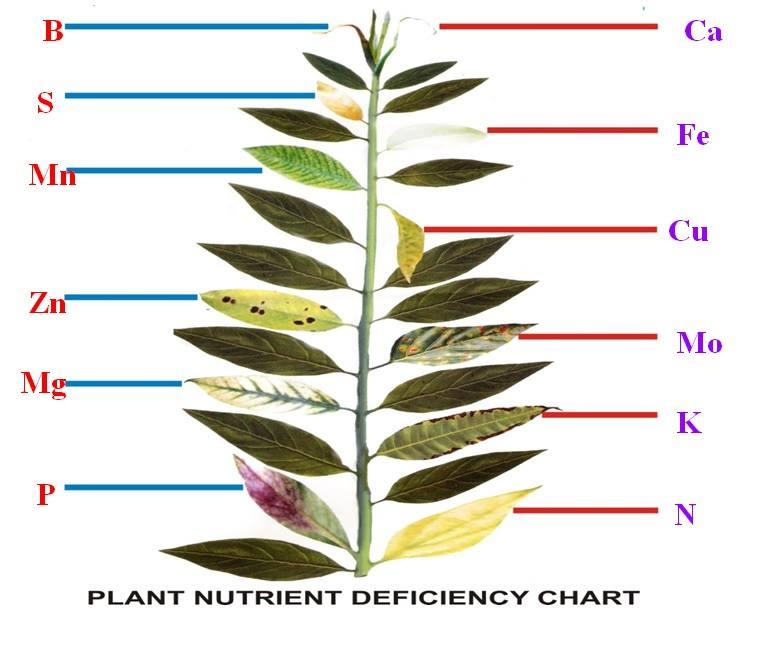A passing snow squall blocked the view of the cliffs on the other side of the river.
and three minutes later:
Several readers have written to me complaining that the garden seems to be devoid of its grace note this summer — that is, the butterfly.
 |
| A tiger swallowtail on lantana. (Butterfly Habitat Garden) |
By this point in the growing season, the coneflowers and black-eyed Susans and other composites should be groaning under the weight of swallowtails, skippers and painted ladies. When it comes to lepidoptera, my garden is empty, too. Even the cabbage whites seem oddly thin on the ground.
So is this dearth real or imagined?
“Both,” said Jeffrey Glassberg, president of the North American Butterfly Association. Butterfly populations are highly sensitive to environmental conditions, and insect populations normally fluctuate greatly from year to year. This is distinct from long-term trends linked to problems such as habitat loss and pesticide use affecting the overall prospects of butterfly species.
“Every single day there are fewer butterflies in the United States than there were the day before,” said Glassberg, of Morristown, N.J. “Every time you take a meadow and turn it into a shopping center, you have decreased the world’s population of butterflies.”










